All Science
- Sun erupts with superheated plasma
The sun fired off super-hot plasma in a dazzling eruption, captured by NASA's Solar Dynamics Observatory.
 How astronomy solved a Civil War mystery
How astronomy solved a Civil War mysteryWhy did Confederate troops shoot their own general, 'Stonewall' Jackson? The position of the moon played a big role, an astronomer discovers.
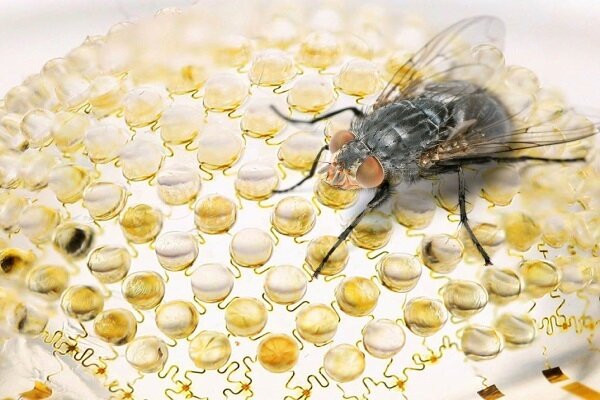 'Bug's eye' camera inspired by nature
'Bug's eye' camera inspired by natureA new camera was modeled on the compound eyes of insects. As such, it has a curved rather than flat lens. This enables a 160-degree field of view, making it well-suited for security cameras or drones.
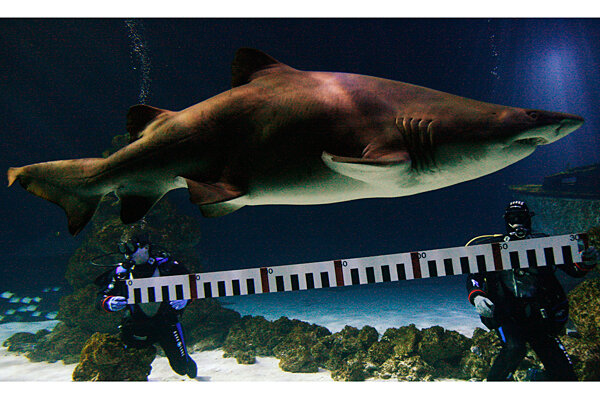 Scientists unravel mystery of cannibal shark embryos
Scientists unravel mystery of cannibal shark embryosSand tiger sharks have been known for devouring each other in the womb. Scientists now believe that they can explain why.
 How NASA dodged a derelict Soviet spy satellite
How NASA dodged a derelict Soviet spy satelliteIn March 2012, NASA's Fermi space telescope could have collided with a Russian naval signals satellite, were it not for an untested maneuver.
- Zombie worms eat whale bones — with acid
Zombie worms don't actually drill through bone, as was previously believed. Instead, their skin produces enough acid to dissolve the zombie worms' path through bone.
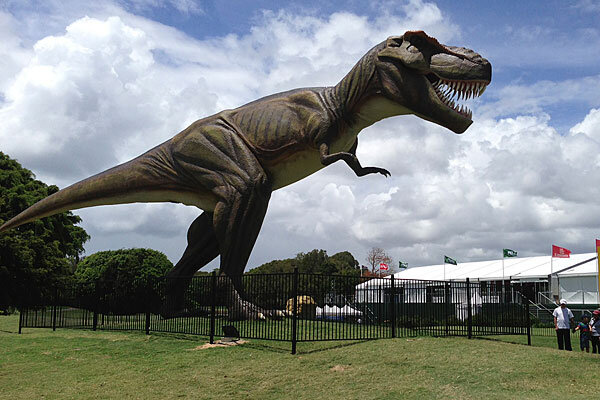 Was Africa the motherland of dinosaur predecessors?
Was Africa the motherland of dinosaur predecessors?The ancestors of dinosaurs might have established themselves in present-day Tanzania and Zambia, suggest newly discovered fossils.
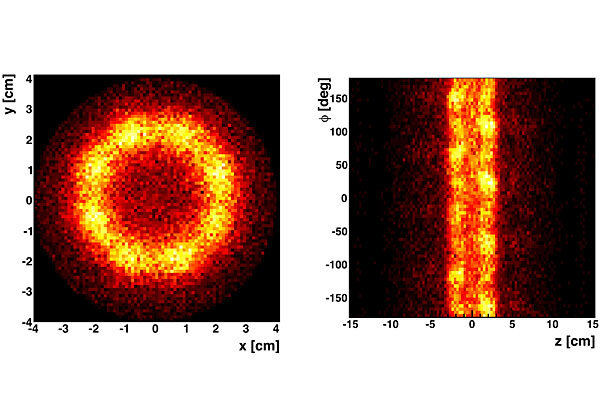 Antimatter might fall up, say physicists
Antimatter might fall up, say physicistsA paper published this week suggests that antimatter could exhibit antigravity, potentially resolving some of physics' biggest mysteries.
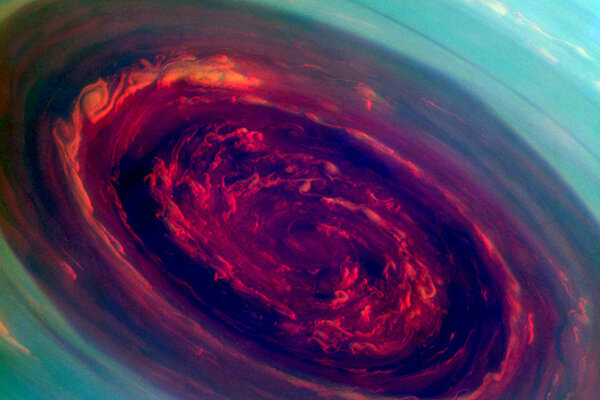 What's a monster hurricane doing on top of Saturn?
What's a monster hurricane doing on top of Saturn?A monster hurricane at Saturn's north pole, spotted by NASA's Cassini spacecraft, has an eye 1,250 miles wide and inner eye wall winds of 330 miles an hour. Its energy source is a mystery.
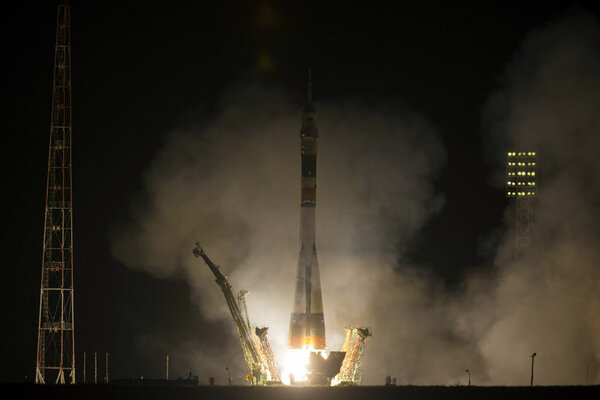 $70 million per seat: Russia raises price for NASA astronauts on Russian rockets
$70 million per seat: Russia raises price for NASA astronauts on Russian rocketsThe $424 million deal between NASA and the Russian Space Agency represents flights to and from the International Space Station aboard Russian Soyuz spacecraft, as well as training, for six astronauts in 2016 and the first half of 2017.
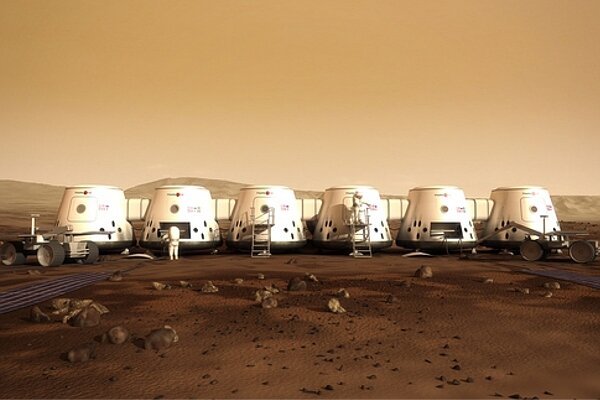 Mars One will look for — and hide from — life on Mars
Mars One will look for — and hide from — life on MarsMars One plans to put four astronaut-explorers on Mars by 2023, but they will take steps to avoid contaminating any lifeforms already on Mars.
 Earth permanently deformed by big quakes? Measurements in Chile challenge established theory.
Earth permanently deformed by big quakes? Measurements in Chile challenge established theory.Earth permanently deformed: New research suggests that large-scale temblors can leave permanent scars on the crust of our planet.
 Plant gases help curb global warming, finds study
Plant gases help curb global warming, finds studyPlants respond to warming temperatures by emitting vapors that help reflect sunlight, a team of scientists have discovered.
 Earth permanently deformed by really big earthquakes
Earth permanently deformed by really big earthquakesEarth permanently deformed? The Earth's crust is relatively elastic, but earthquakes of more than magnitude 7 will leave the planet permanently deformed, says new research.
 Monkeys imitate local food norms, study finds
Monkeys imitate local food norms, study findsThe maxim, 'When in Rome, do as the Romans do' also applies to non-human primates, as scientists discover that wild monkeys have an ability to imitate the social eating behavior of other groups of monkeys.
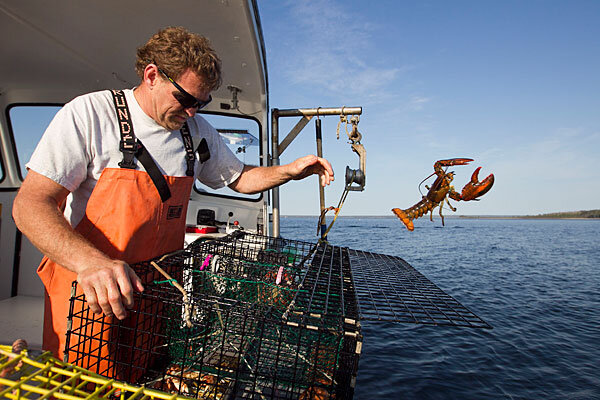 Waters off Northeast US coast unusually warm, says NOAA
Waters off Northeast US coast unusually warm, says NOAASea surface temperatures on the Northeast US Continental Shelf reached the highest recorded in 150 years, says an advisory issued by the National Oceanic and Atmospheric Administration.
 Comet of the century? ISON has 'potential' to be visible all day.
Comet of the century? ISON has 'potential' to be visible all day.As sun-grazing comet ISON approaches the sun, it's getting progressively brighter – and might even flare into a dazzling object bright enough to be visible in broad daylight.
 Einstein's theory of general relativity gets most extreme test yet
Einstein's theory of general relativity gets most extreme test yetIn their efforts to crack the mysteries of gravity, scientists continue to probe Albert Einstein's theory of general relativity. The latest test involved a curious binary star system.
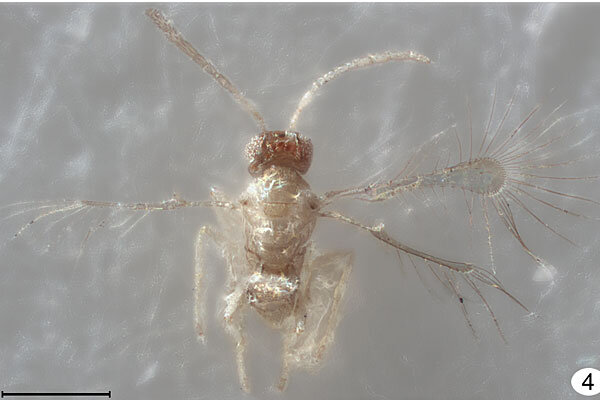 Scientists discover ridiculously small insect
Scientists discover ridiculously small insectWith a length about 2.5 times the width of a human hair, Tinkerbella nana was spotted in a Costa Rican forest.
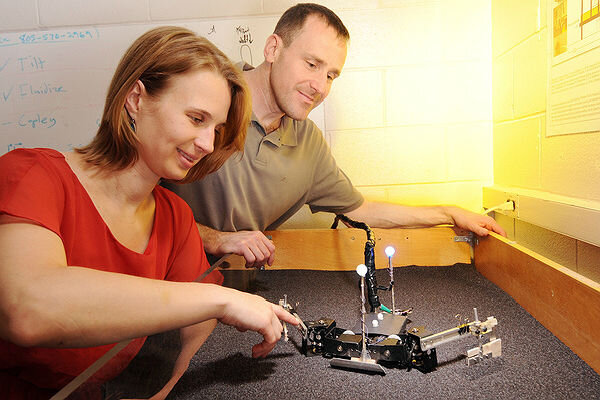 New robots crawl like sea turtles
New robots crawl like sea turtlesResearchers have designed a new type of robot modeled on sea turtles known as FlipperBot. This is the first robot to use flippers against pliable surfaces and has moved the work toward amphibious robots forward.





















